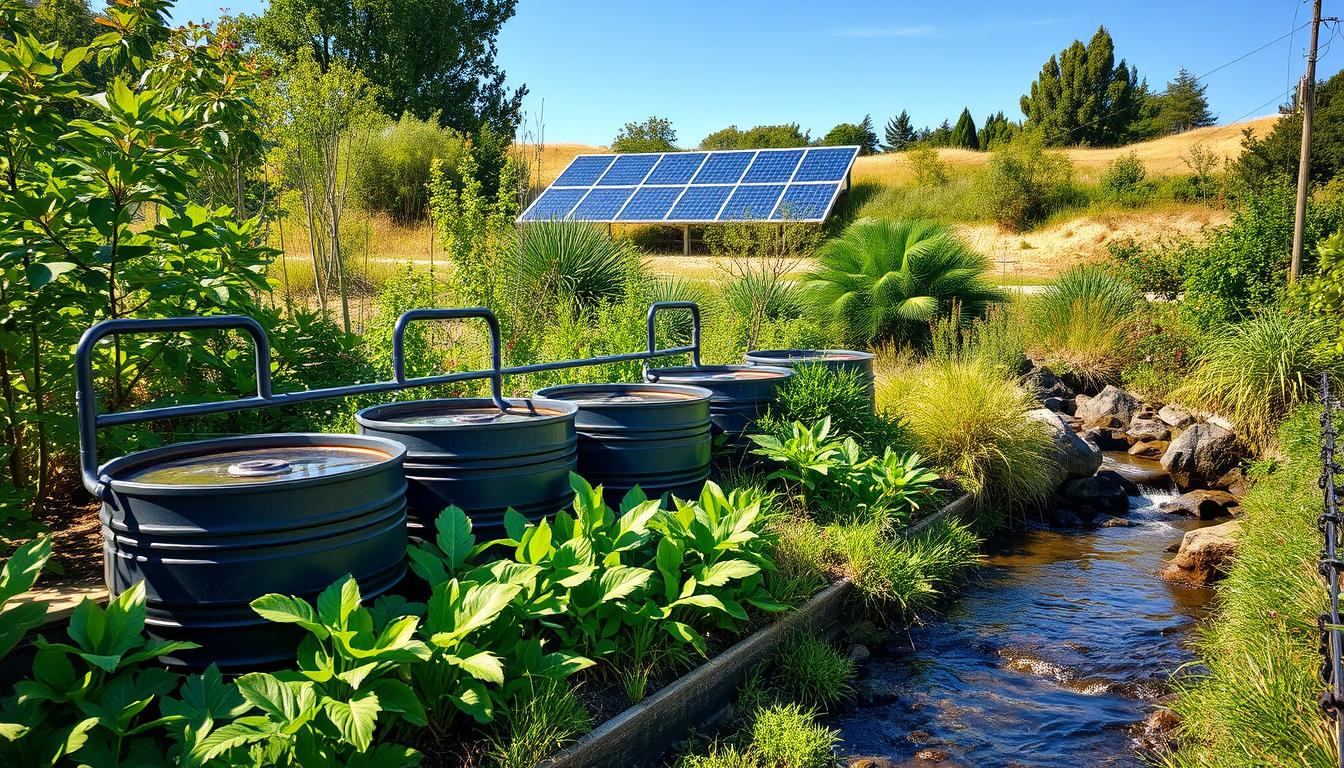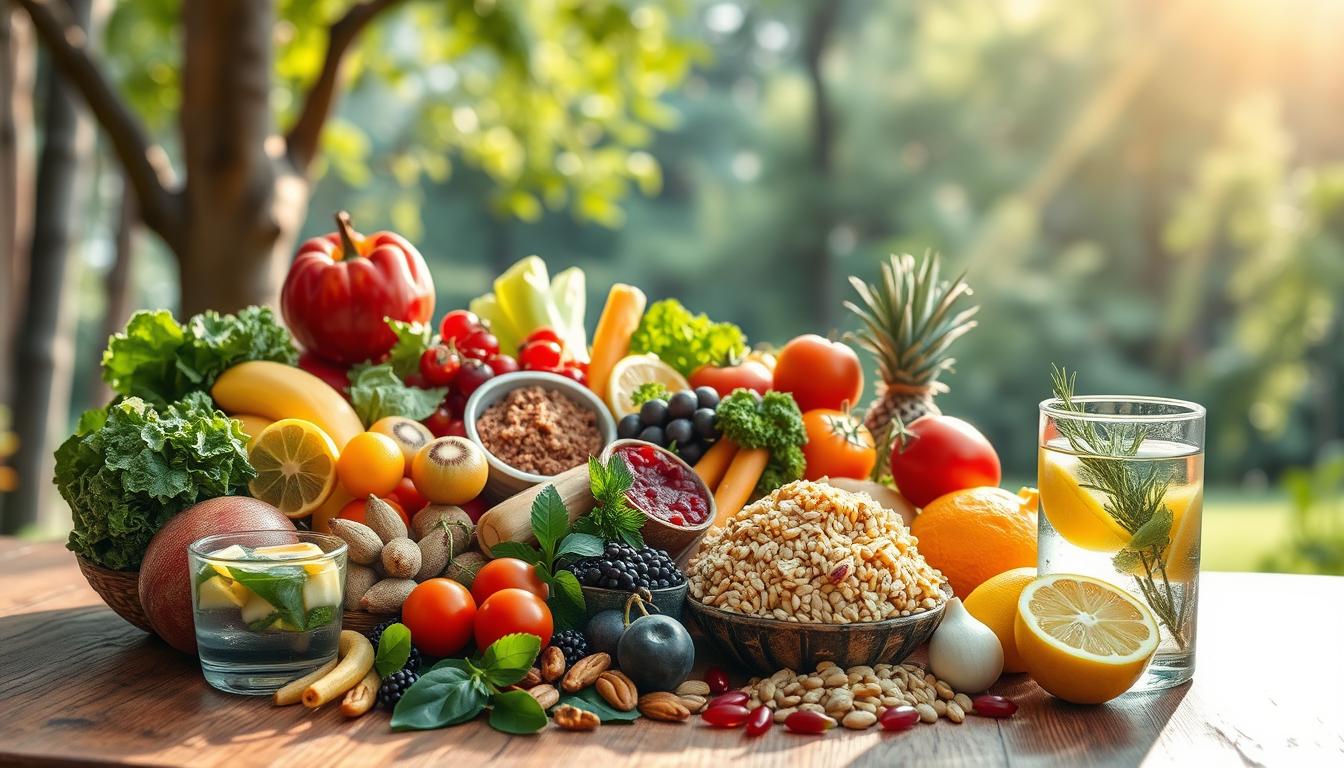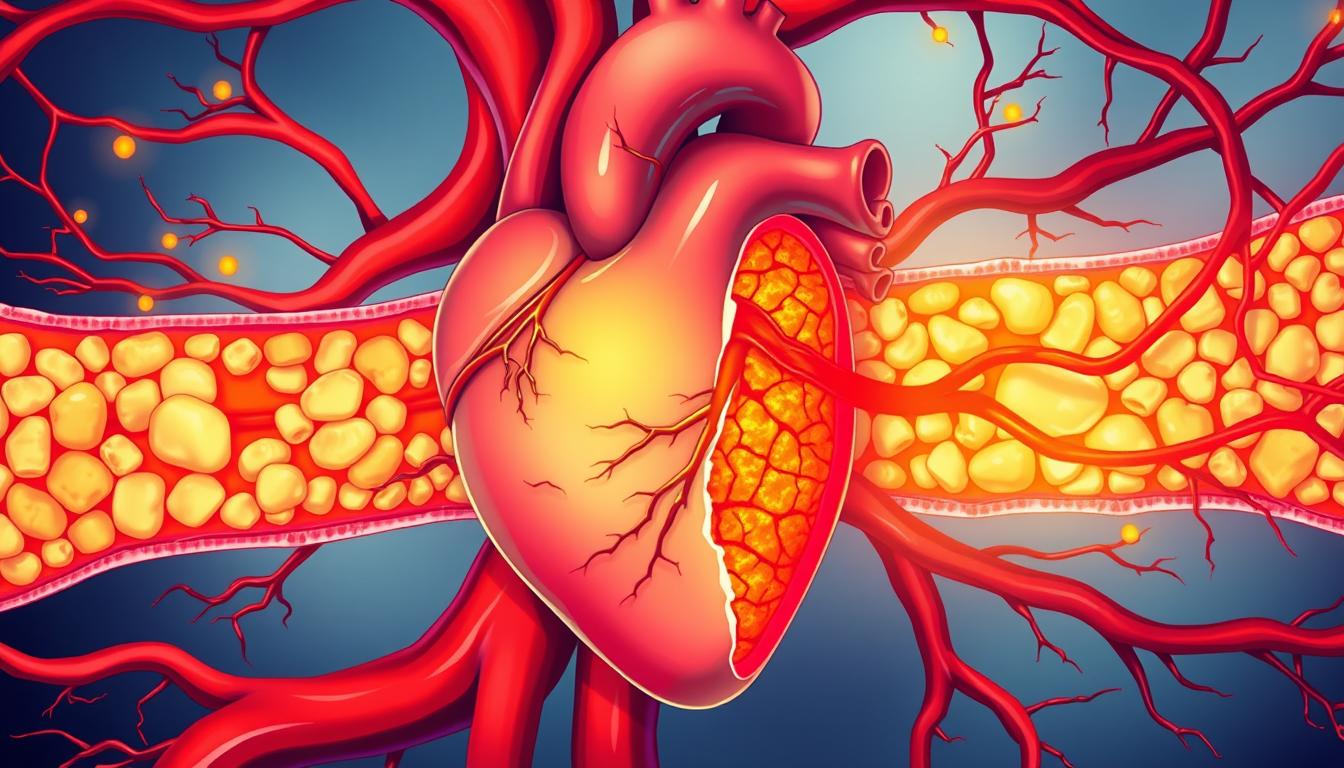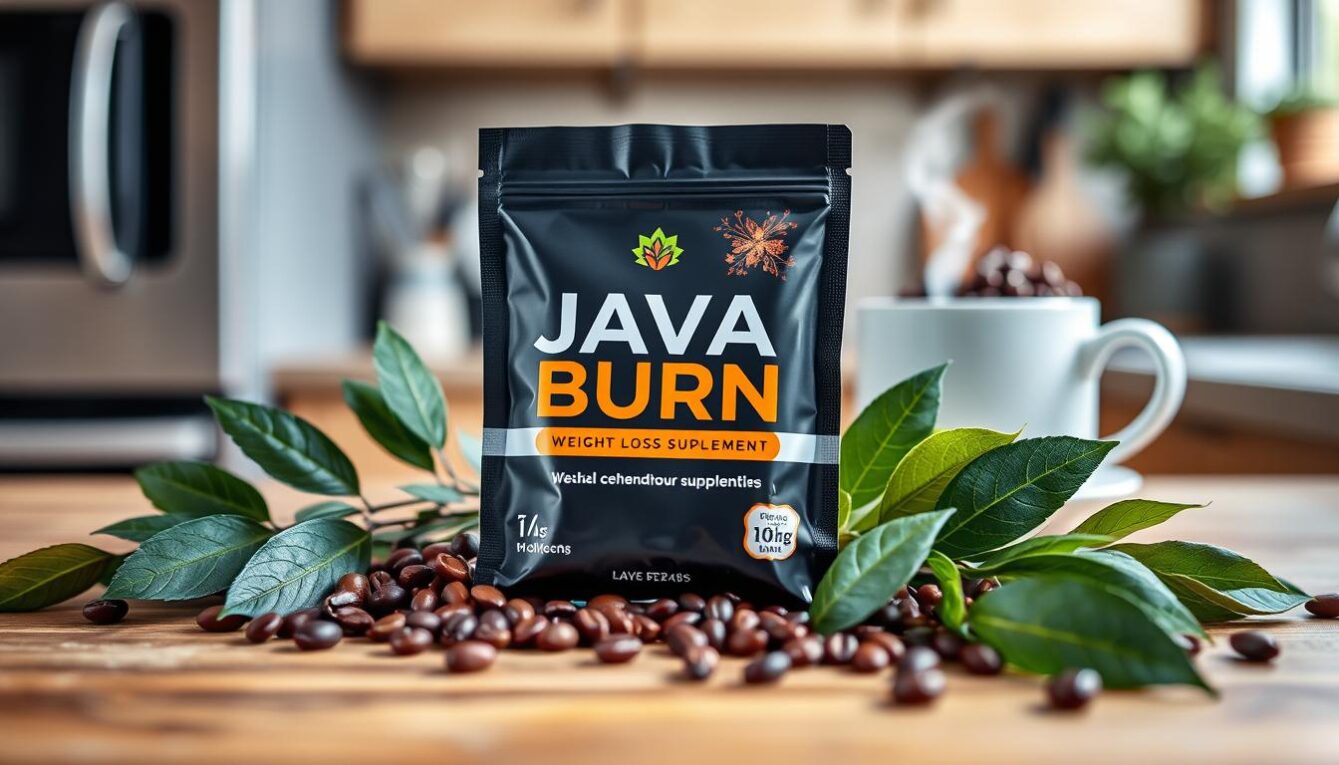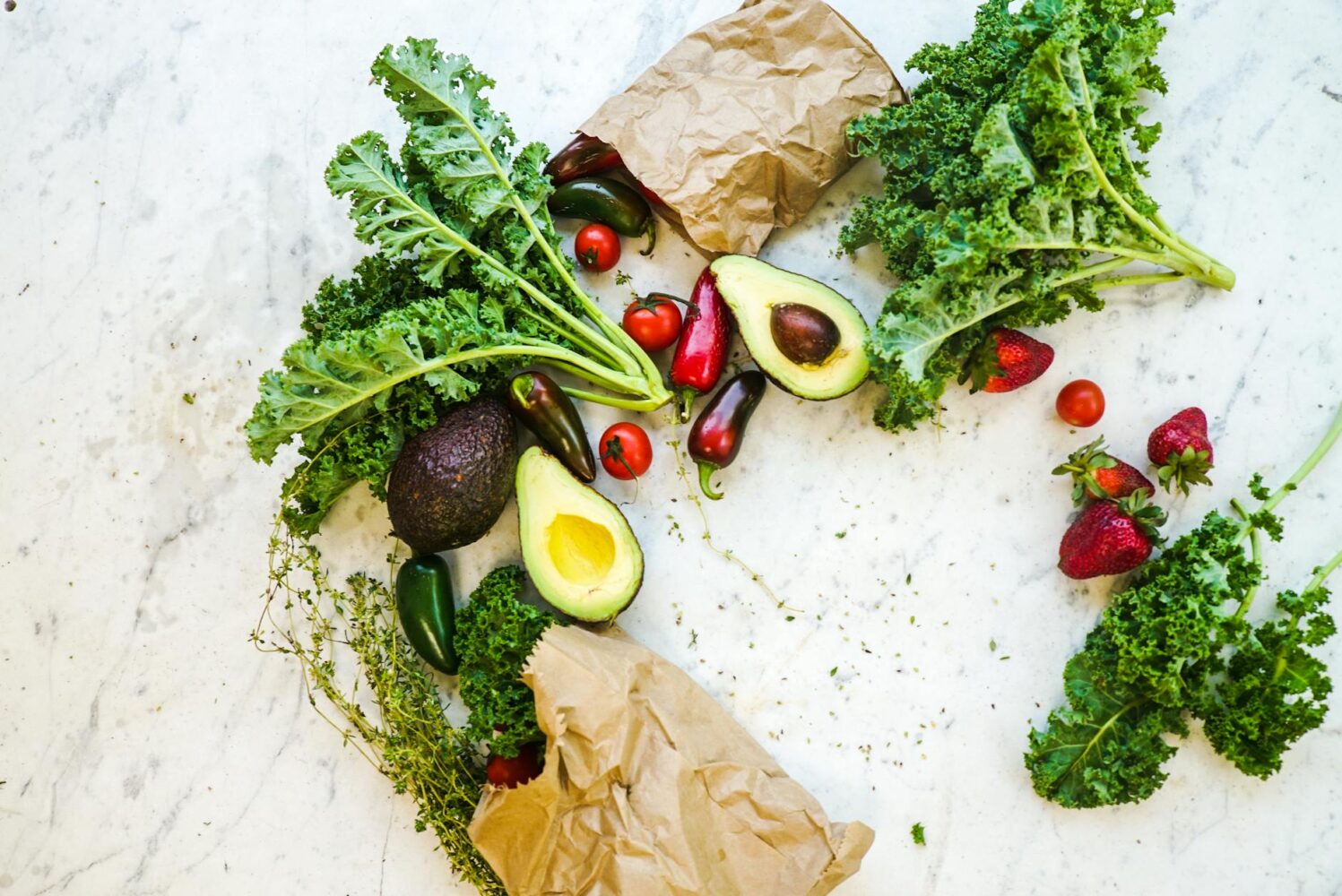Did you know that one in eight men will face a prostate issue in their lifetime? As guys hit their 50s, worries about prostate health often creep in. But here’s the good news: you don’t need fancy treatments to lower your risks. Small changes today can make a big difference down the road.
This guide lays out simple steps backed by science to keep your prostate strong. We’ll cover diet tweaks, daily habits, and smart check-ups. These easy ways to prevent prostate issues focus on what you can do right now for better long-term health.
Diet: Fueling Prostate Wellness from Within
What you eat plays a key role in prostate health. Certain foods fight inflammation and protect cells. Let’s break down the best choices.
The Power of Lycopene and Antioxidants
Lycopene acts like a shield against cell damage in the prostate. It comes from red fruits and veggies. Cooked tomatoes pack the most punch because heat releases more lycopene.
Try watermelon or pink grapefruit too. These add antioxidants that cut down oxidative stress. Studies show men who eat lots of these foods have lower risks of prostate problems.
Add a serving of cooked tomato sauce to your meals each day. Stir it into pasta or soups. It’s an easy swap that boosts your intake without much effort.
Fatty Acids: Omega-3s vs. Saturated Fats
Omega-3 fats from fish like salmon or mackerel help reduce swelling around the prostate. Flaxseeds offer a plant-based option. They support better blood flow and hormone balance.
Red meat and full-fat dairy, on the other hand, might raise risks if you overdo them. Large studies link high saturated fat diets to prostate cell changes over time.
Aim for two fish meals a week. Or sprinkle ground flax on yogurt. This shift can ease inflammation and promote prostate wellness.
Crucial Micronutrients: Zinc and Selenium
Zinc keeps prostate cells healthy and fights infections. Oysters top the list for zinc, but pumpkin seeds work well too. Selenium teams up with it to protect against damage.
Brazil nuts deliver selenium in a big way—just one or two a day does the trick. Don’t go overboard, as too much can cause issues.
Men need about 11 milligrams of zinc daily from food. Skip mega-doses without doc advice. These nuts and seeds fit right into snacks for steady support.
Lifestyle Adjustments for Optimal Prostate Function
Beyond the plate, your daily moves matter for prostate health. Good habits improve circulation and keep hormones in check. Start with these basics.
Maintaining a Healthy Weight and Body Mass Index (BMI)
Extra weight, especially around the belly, links to higher prostate risks. Visceral fat messes with insulin and sparks inflammation. Keeping a BMI under 25 helps avoid that trap.
Losing even 5-10% of your body weight can lower those odds. Focus on steady progress, like cutting 500 calories a day through balanced eats and walks.
Track your BMI with a simple online tool. Aim for gradual changes to make it stick. This approach guards your prostate without extreme measures.
The Importance of Consistent Physical Activity
Regular movement boosts blood flow to the pelvic area. It also strengthens muscles that aid urinary control. Walking or biking for 30 minutes most days fits the bill.
Sedentary life ups the chances of prostate enlargement. Research on thousands of men shows active guys have fewer urinary woes over 20 years.
Pick an activity you enjoy, like a brisk stroll after dinner. Build up to 150 minutes a week. It’s a straightforward way to support prostate function and feel better overall.
Hydration and Fluid Management
Water flushes toxins from your body, keeping the urinary tract clear. Aim for eight glasses a day to stay hydrated. This habit supports kidney and prostate health.
Cut back on fluids before bed to avoid nighttime trips. Herbal teas count too, but skip caffeine if it irritates.
Listen to your body—thirst is a sign to sip more. Proper hydration prevents buildup that could strain the prostate.
Targeted Supplementation and Natural Aids
Supplements can fill gaps, but they’re not magic bullets. Always chat with your doctor first. They ensure safety with your meds or conditions.
Saw Palmetto: Understanding the Evidence
Saw palmetto comes from berries and eases urinary symptoms in some men. It’s popular for mild prostate enlargement relief. Research shows mixed results, but it may help more than placebo for flow issues.
It doesn’t prevent problems outright, unlike meds. Look for extracts with 85-95% fatty acids for best quality.
Start low if your doc approves. Track how you feel over a month. This natural aid pairs well with lifestyle shifts.
Vitamin D and Bone Health Connection
Many men lack vitamin D, which ties to prostate cell growth control. Low levels might raise risks, per some studies. Sun exposure for 15 minutes daily helps your body make it.
Supplements work if you can’t get enough sun. A urologist once said, “Safe doses beat deficiency every time—aim for 600-800 IU daily.” It also strengthens bones, a bonus for aging.
Test your levels with a blood check. Adjust based on results. This step connects overall health to prostate protection.
Green Tea and Bioactive Compounds (EGCG)
Green tea’s EGCG fights inflammation with strong antioxidants. It may slow prostate cell changes in lab tests. Drinking three cups a day links to lower risks in population studies.
Brew it hot or iced for easy sips. Avoid added sugar to keep benefits pure.
Make it a habit alongside meals. The compounds build up over time for steady support.
Managing Stress and Sleep Quality
Your mind affects your body in quiet ways. Stress and rest issues hit the pelvic floor hard. Let’s fix that for better prostate health.
Stress Reduction Techniques for Pelvic Floor Health
Chronic worry tightens muscles down there, leading to discomfort. It ramps up tension in the bladder and prostate zone. Deep breaths or quick walks melt that away.
Try five minutes of belly breathing: inhale slow, exhale longer. Do it during breaks. This simple trick eases pelvic strain without tools.
Over time, less stress means smoother function. Pair it with yoga poses for the lower body if you like.
Prioritizing Restorative Sleep
Poor shut-eye throws off testosterone and boosts body-wide swelling. Aim for seven to nine hours to reset hormones. Consistent patterns keep inflammation low.
Set a bedtime routine, like dim lights an hour before. Avoid screens to help your brain wind down.
Good sleep guards prostate health indirectly. You’ll notice more energy and fewer issues too.
Proactive Monitoring and Check-ups
Lifestyle tweaks shine brightest with regular doctor visits. They catch things early. Don’t skip this part—it’s your safety net.
Understanding Early Detection Screening Ages
Talk PSA tests with your doc at age 50 if average risk. Start at 45 if family history or African American. These blood checks spot changes fast.
Guidelines from groups like the American Cancer Society stress shared decisions. Weigh pros and cons together.
Schedule that chat soon. Early detection saves lives and eases treatment.
Recognizing Early Warning Signs
Watch for frequent bathroom runs at night or a weaker stream. Trouble starting or stopping flow counts too. Blood in urine or pain? See a pro right away.
These signs don’t always mean big trouble. But ignoring them delays help.
Keep a log if symptoms pop up. Share it at your next visit for quick advice.
Conclusion: Building Your Prostate Prevention Toolkit
Preventing prostate issues boils down to steady choices over quick fixes. From lycopene-rich tomatoes to daily walks, each step adds up. You’ve got the tools here to build a stronger foundation.
Pick one food swap, like more fish this week. Set a 30-minute exercise goal. Consider vitamin D if your levels run low—after doc okay.
These easy ways to prevent prostate issues empower you. Book that annual check-up now. Talk through your plan with your provider. Your future self will thank you.




